When it comes to motion-controlled lighting, PIR and microwave sensors are two of the most popular and common types that I install as an electrician. Both these sensors have the same basic function at the forefront – they both detect motion and trigger the lights to turn on or off.
However, there are some key differences between the two and I would favour installing a microwave sensor over a PIR sensor (or vice-versa) depending on a few key factors. This blog post will be a summary of my experience and determine who wins the battle of PIR vs microwave sensor to control lighting!
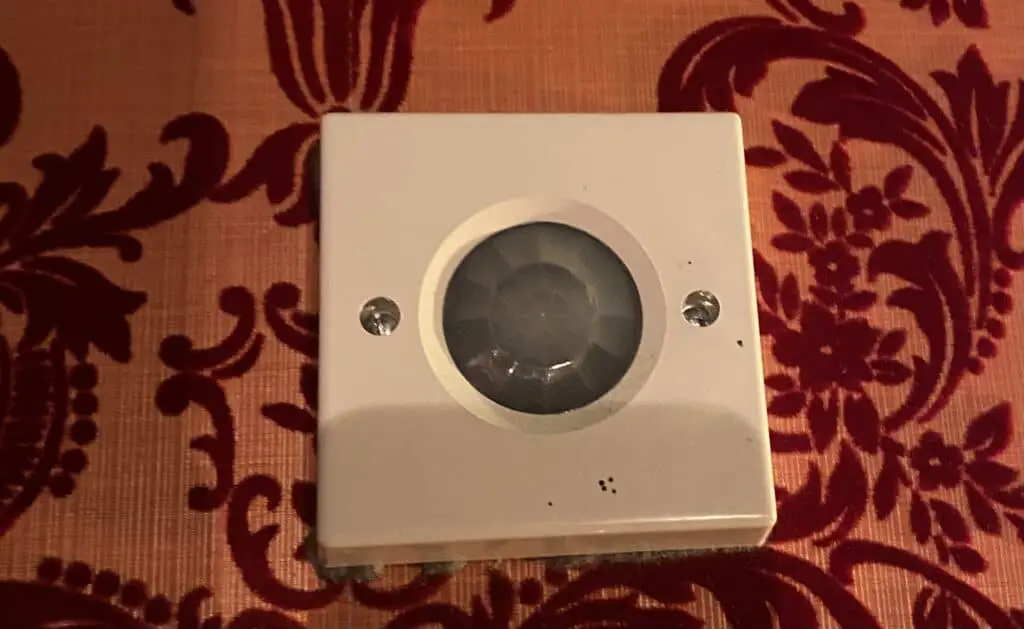
PIR vs Microwave Sensor to Control Lighting
As an electrician, I favour a microwave sensor for areas where a high level of sensitivity and greater detection range is required. If the project calls for a more robust weather-resistant solution, such as external lighting, then the PIR sensor wins for me.
Readers probably suspected there is no one size fits all answer. If pressed to have only one option for the rest of my life I would opt for the microwave sensor. However, this would definitely present some design challenges that would need overcoming.
In this post we’ll look at what the different types of sensors do, how they operate and the advantages and disadvantages of each, to help you make up your own mind if the extra expense of a microwave sensor is money well spent.
Brief Overview of PIR Sensors
The most common and lowest-cost motion sensor available for lighting is the PIR sensor. You’ll notice PIR sensors dotted around everywhere as electrcians early adoption of the technology is very evident today.
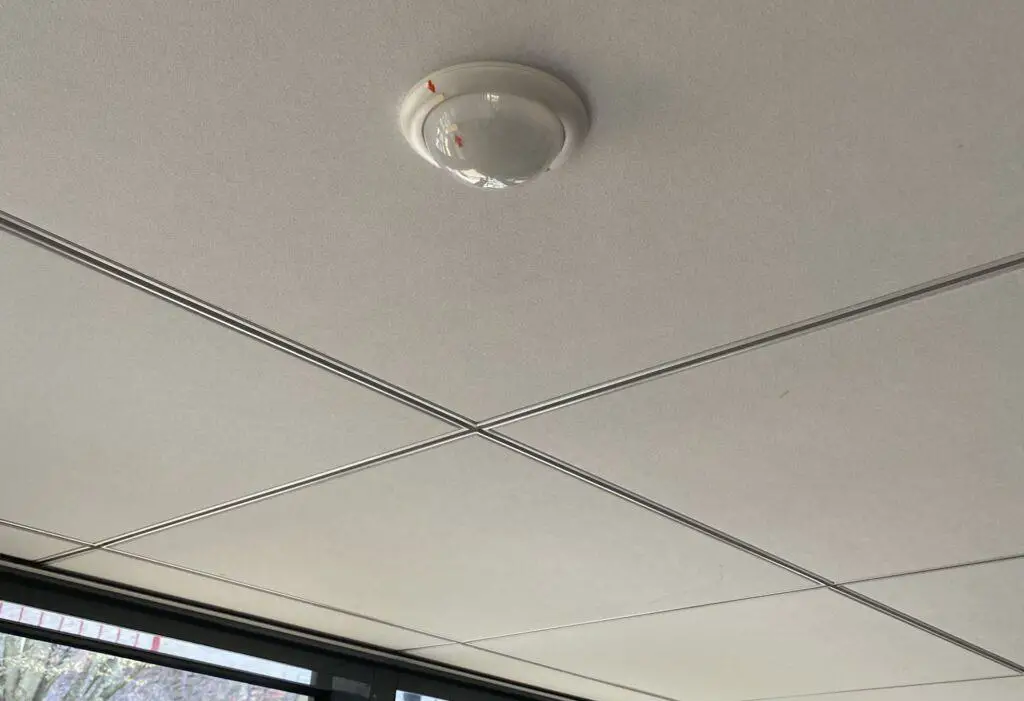
Passive infrared (PIR) sensors work by detecting changes in heat emitted by moving objects. They have two pyroelectric sensors that can identify heat energy so that when an object, such as a person or animal, crosses its detection range, the sensor is triggered, switching on the attached light.
PIR sensors can be used in both indoor and outdoor lighting applications, such as hallways, stairwells, car parks and exterior garden lights.
PIR sensors have been so well adopted as they are great at detecting human movement, which is the main motion detection we require for lighting and because they also offer simple adjustment methods to detect motion at different distances and angles.
Brief Overview of Microwave Sensors
Microwave sensors are the new kids on the block in the motion sensor-controlled lighting world. Ok, to be fair they have been around for quite a few years, but it is only in the last 2 or 3 years I’ve noticed more and more customers opting to spend a little more for the advantages that microwave sensors bring compared with PIRs.
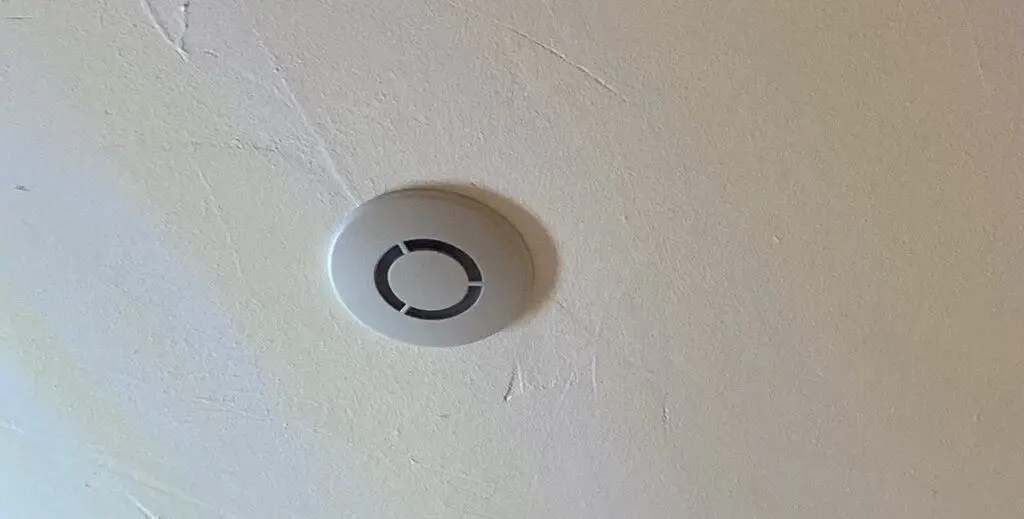
Microwave sensors are also able to detect the movement of people but they do this by emitting high-frequency electromagnetic waves that bounce off of objects and return to the sensor. The receiver in the sensor then analyzes the echo time of the waves that are bounced back. The sensor can then calculate if there is an object present and if it should activate.
The more advanced technology in microwave sensors means they are highly sensitive across a large detection field. This sensitivity gives microwave sensors a distinct advantage over PIR sensors where detection of extremely fine motion is required.
This higher sensitivity can be both a blessing and a curse though. Microwave sensors can detect movement through walls, which can be useful, but trying to use them indoors, in a corridor for example, can present a real challenge to commission correctly.
Advantages of PIR Sensors
The below table shows the advantages of using PIR sensors vs microwave sensors.
| Simple customisable settings | PIR sensors can be easily customised to suit specific needs. The sensitivity of the sensor can be adjusted to ensure that it only detects motion when necessary, such as when a person is walking by, rather than wildlife. |
| Reliability | PIR sensors are highly reliable and have been used for many years. They are not affected by temperature changes or other environmental factors which makes them suitable for use in outdoor environments. |
| Cost-effective | PIR sensors are relatively inexpensive compared to other types of motion sensors. The lower upfront costs mean a faster payback period in energy savings. |
In my experience, these are the 3 main benefits of opting for a PIR sensor. I’m currently completing an exterior lighting project. The motion sensor will be sat out there in all weathers, 365 days a year, so I want something simple and reliable. For this reason, I have specified PIR sensors be used.
Advantages of Microwave Sensors
The below tables show the advantages of microwave sensors vs PIR sensors.
| Greater sensitivity | Microwave sensors have a greater detection area than PIR sensors and can also detect movement through walls and other materials. We can often use fewer microwave sensors as a result. |
| Less prone to false alarms | Microwave sensors can often be set up correctly to differentiate between the movement of people or other objects. A pet immune microwave sensor can be set to only trigger for objects over a specified size (often up to 80 lbs) |
| Less unwanted switch offs | If you have ever been sat in a room and the lights have gone off, the chances are it was a PIR sensor. As microwave sensors detect smaller movements, unwanted switch-offs are greatly reduced |
We can start to build a picture that if budget is less of an issue, and I need to cover a wider area which is also more sensitive to movement than a microwave sensor is my preferred choice. You don’t have to walk up to a microwave sensor waving your arms to trigger the lights like some poor-quality PIR sensors require!
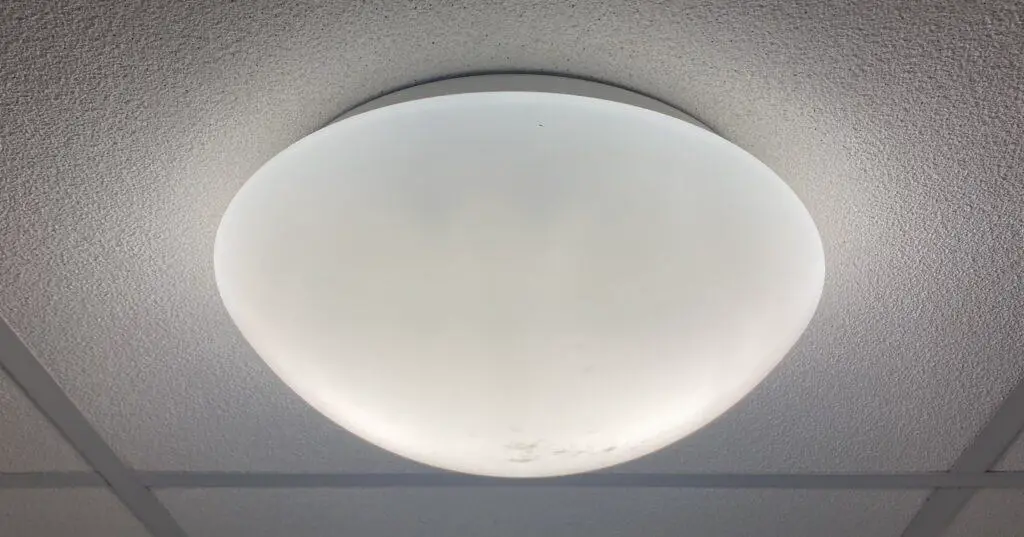
We’ve mentioned the good points when comparing the two sensors, but what about the bad?
Disadvantages of PIR Sensors
Below is a table showing the disadvantages of PIR sensors compared to microwave sensors.
| Lower Sensitivity and Coverage | PIR sensors have lower sensitivity and coverage compared to microwave sensors. This means that they may not detect motion as reliably in larger or more open spaces, requiring a greater number to be installed. |
| Line of Sight Limitations | PIR sensors work most effectively in line of sight. Often the person needs to be walking across the detection zone to be seen correctly. Obstacles in the detection zone, such as walls or trees, prevent detection. |
| Insensitive to Slow Motion | The very slow movement of people can prevent the PIR from detecting them. In theory, this presents a security risk as someone could approach incredibly slowly. |
| False Triggers | PIR sensors can be prone to false triggers by moving objects or pets. As they are more basic than microwave sensors we have fewer adjustment settings to play with. |
In my experience, it is the lower sensitivity and lack of fine-tuning adjustments that are the biggest drawbacks of PIR sensors. In corridors, I need the lights to activate as soon as someone enters and not risk them having to walk halfway along the hall before the PIR sensor detects them!
Disadvantages of Microwave Sensors
The below table shows the disadvantages of microwave sensors compared with PIR sensors.
| Overly sensitive | Microwave sensors are generally more expensive than PIR sensors. Depending on the size of the project this cost can really start to add up. |
| Interference | As they are more sensitive electronic equipment, microwave sensors can be affected by interference from other electronic devices. |
| Cost | The ability of microwave sensors to detect through thin walls and glass means that placement is important. Incorrect placement can result in lights never turned off as they are always detecting some form of movement. |
| Placement | The ability of microwave sensors to detect through thin walls and glass means that placement is important. Incorrect placement can result in lights never being turned off as they are always detecting some form of movement. |
My experience of microwave sensor installations is that they are great until they are not working correctly and it can then be a real pain to hunt down the root cause. I have spent many hours moving and adjusting microwave sensors to get them to only detect in the areas I want.
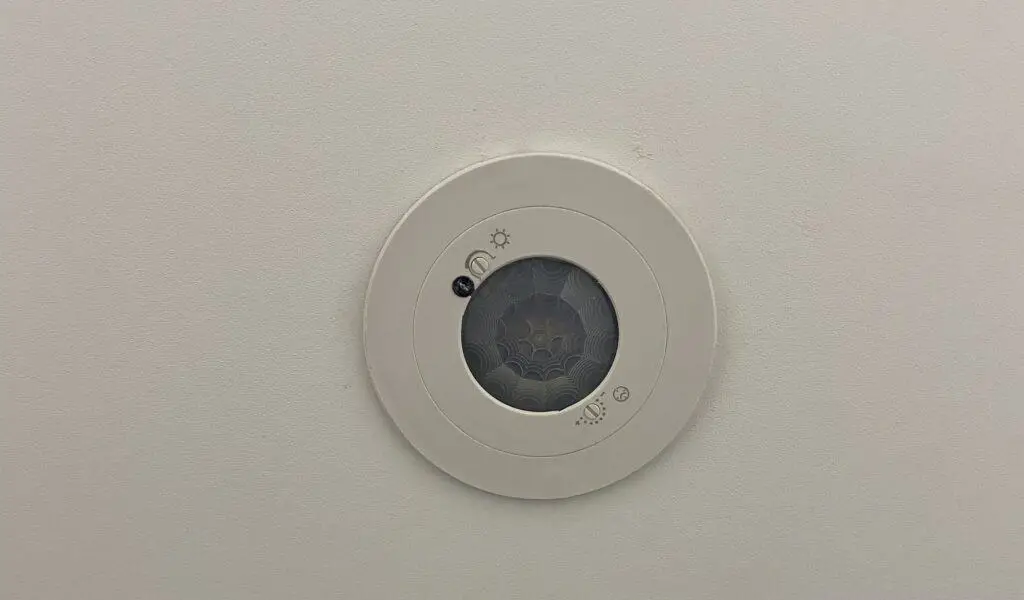
PIR vs Microwave Sensors: As an Electrician, this is my Opinion on Which is Better.
So, we’ve compared PIR sensors against microwave ones and I guess it’s time to give an opinion.
I prefer microwave sensors as I find the greater sensitivity means they are more reliable at detecting movement and not switching the lights off whilst people are still in the area. This is important, as people having to walk a long way into a dark room to trigger the detector and bring the lights on is both dangerous and really annoying.
That being said, I still favour using PIR sensors for exterior projects as to find them a lot more robust and the lower sensitivity is actually a blessing when we don’t want the light activating due to wildlife and people well away from our gardens
To be honest, when it comes to choosing between PIR and microwave sensors for lighting control, there is no clear-cut answer. Both types of sensors have their advantages and disadvantages depending on where they will be used!

